In my early gardening years, growing turnips and beets didn’t seem to be an easy task.
I followed the rule that states root crops should always be directly sowed. This practice only made me waste my seeds for no success. I had a low germination rate and slow growth. This resulted in bitter and small crops.
The disappointment continued for a few years forcing me to give up on these two crops. Then I came across the British gardeners whose practices were different from what was commonly practiced here in the USA.
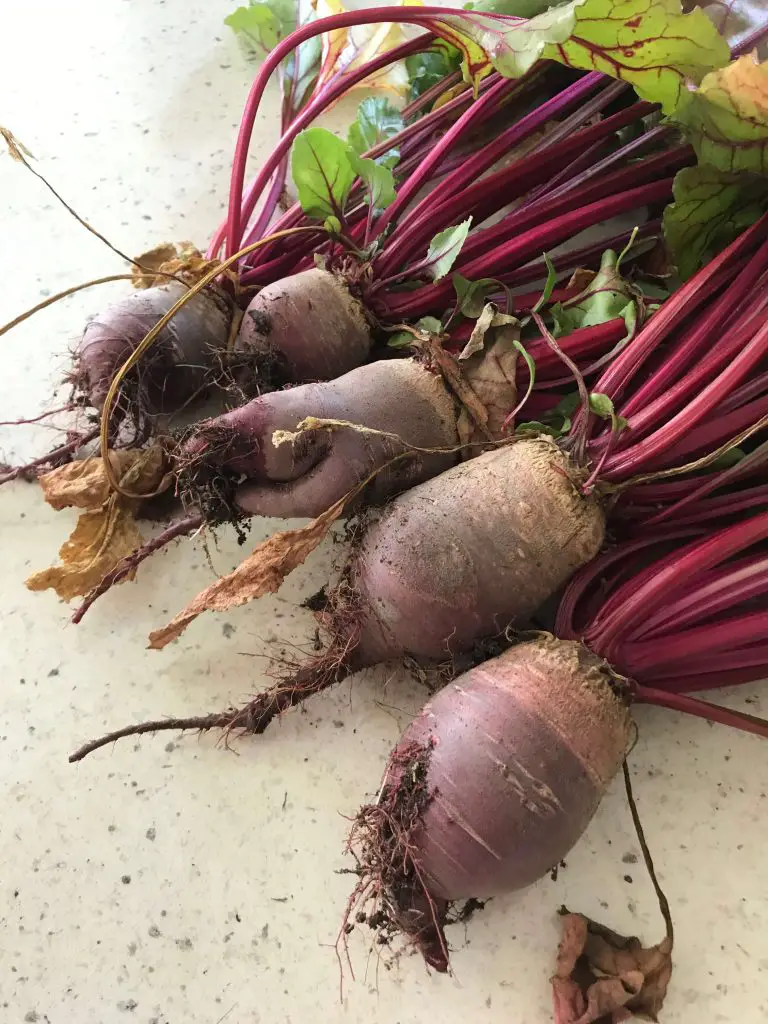
Detroit Dark Beets 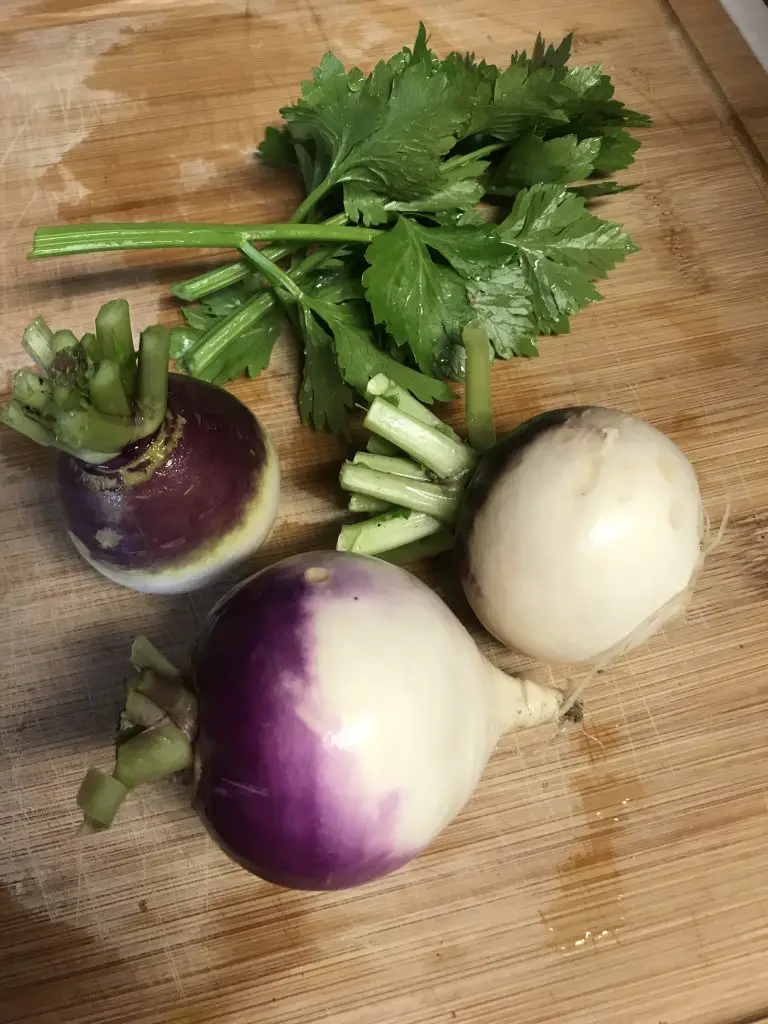
Purple Top Turnip
Direct saw turnips and beets or start indoor?
Since turnips and beets are roots crops, it is advised to direct sow them into the ground. However, in the Uk, gardeners do start their seeds indoors and it didn’t seem to be a problem.
To my happiness starting the seeds indoor was the way to go. The harvest was as early as January (it used to be May), and it was abundant. In addition, the size and taste of both turnips and beets were great.
When to start turnip and beet seeds?
Turnips and beets are cool-season crops, start the seeds indoors around September to be transplanted in late October for late December harvest.
You may want to start them again in late December to transplant early February for an April harvest.
Turnip seeds are quite small and germinate in no more than seven days. Beet seeds are slightly bigger and the one seed is, actually, a cluster of tiny seeds.
It is best to soak beet seeds overnight before sowing. This process will help soften the outer layer that’s coating the seeds and quicken germination. Putting one beet seed (cluster) in one cell is enough, while three seeds per cell for turnips.
You may visit my other blog post on Seed Starting Basics for a detailed explanation on how to start seeds.
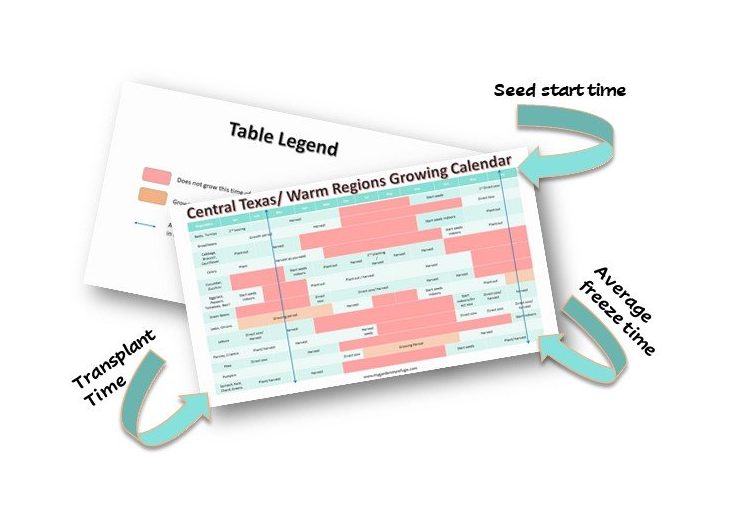
Transplanting turnips and beets in the ground
Plant turnips and beets out in the ground once the day temperature is in the seventies, around October. In case the warm season extends beyond September, which is most likely the case in Central Texas, provide some shade using shade cloth.
Spacing
Plant turnips and beets 4 inches apart, resulting in nine plants per square foot. This is according to Mel Bathelemieu Squarefoot Gardening spacing chart.
This method will lift the burden of thinning the seedlings. At harvest time, you pick every other plant providing extra space for the remaining ones. This will allow the crop you harvest later to gain some size.
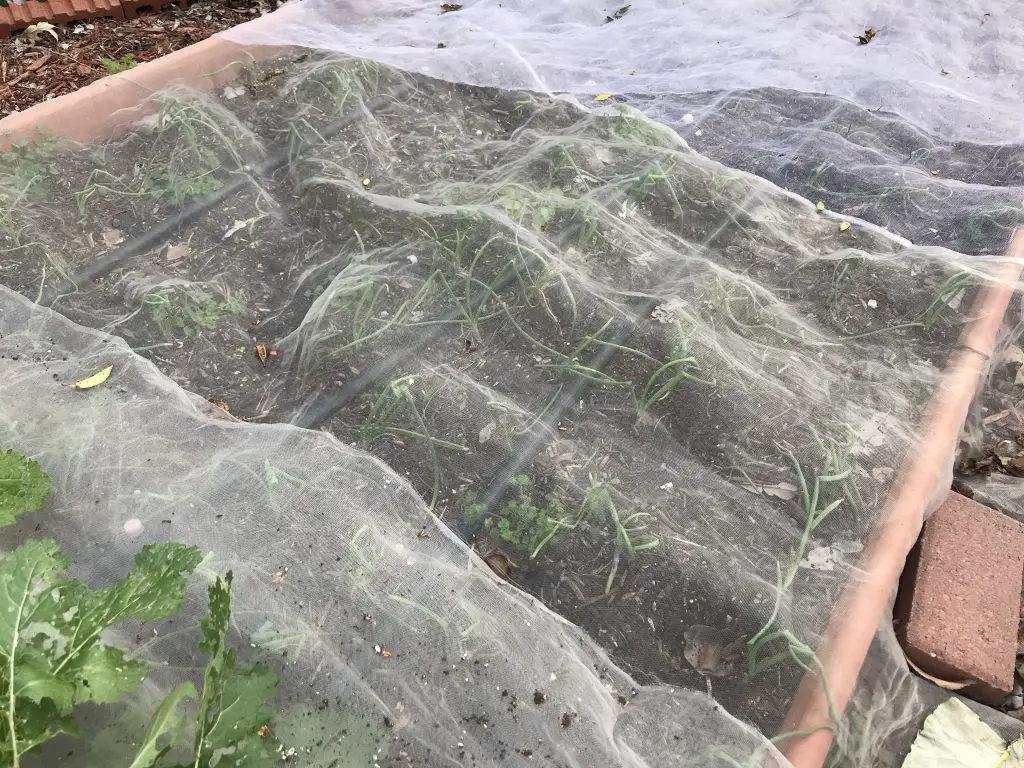
Protect the transplants
Once you put the turnips and beets in the ground, you may protect them from curious animals that love to dig dirt such as cats, squirrels, and even birds (looking for worms).
Use mesh cloth or hardware cloth to cover the beds. This will allow the transplant to have a peaceful time to develop a root system.
Watering turnips and beets
It is crucial to keep the soil evenly moist for the seedlings to develop a strong root system and prevent bitterness.
Since it is the cool season, rain may be sufficient to water the fall garden. However, in central Texas, that is not always the case so supplemental hand watering may be necessary.
Soil and fertilizing turnips and beets
Prepare the soil by amending it with compost and improving the drainage. Root crops, in general, don’t do well in heavy clay.
Before planting you may scatter some slow-release organic fertilizer. Turnips and beets don’t require any further fertilization which makes them my favorite crop to grow.
Sunlight
The more sun you provide to turnips and beets the quicker they grow. No less than six hours a day of direct sunlight.
Harvest time
There is no specific time for harvesting turnips and beets. Some people like them small others prefer them big. However, leaving them in the ground too long may result in woody and bitter crops.
It takes around two months from transplant to harvest time.
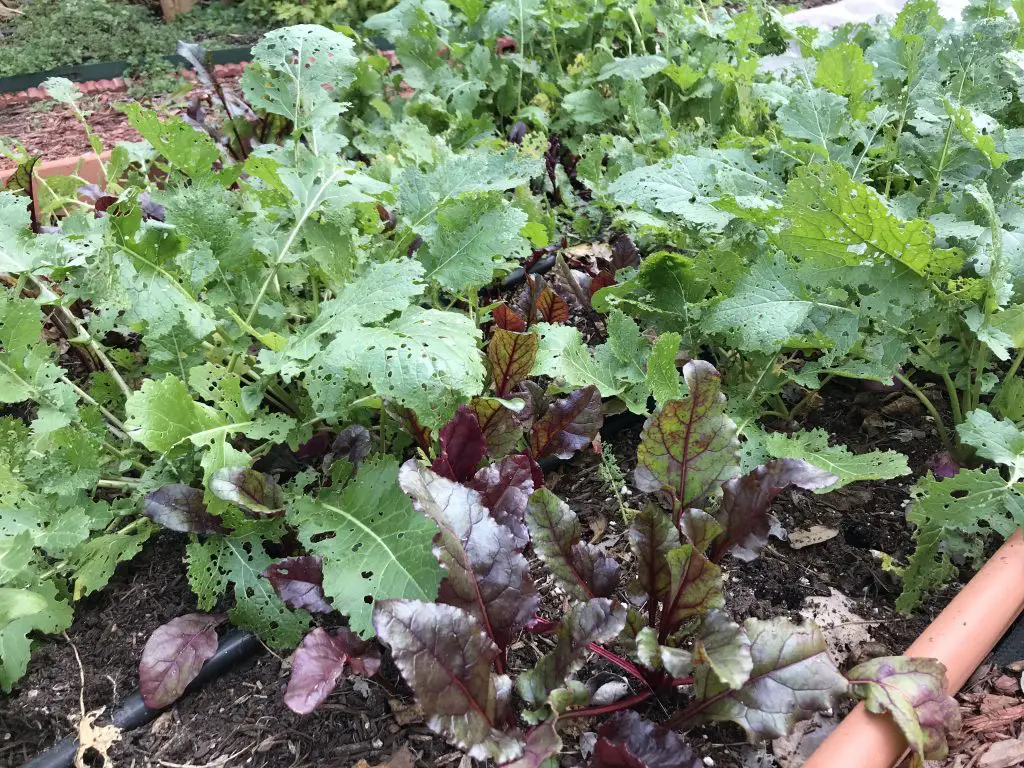
Pests
Fortunately, growing turnips and beets in central Texas does not encounter any significant pest problems. You may notice some holes on the leaves but it’s nothing to worry about unless it is completely devoured.
In case the damage is great, you may spray some BT or thuricide to kill the caterpillars that are causing it.
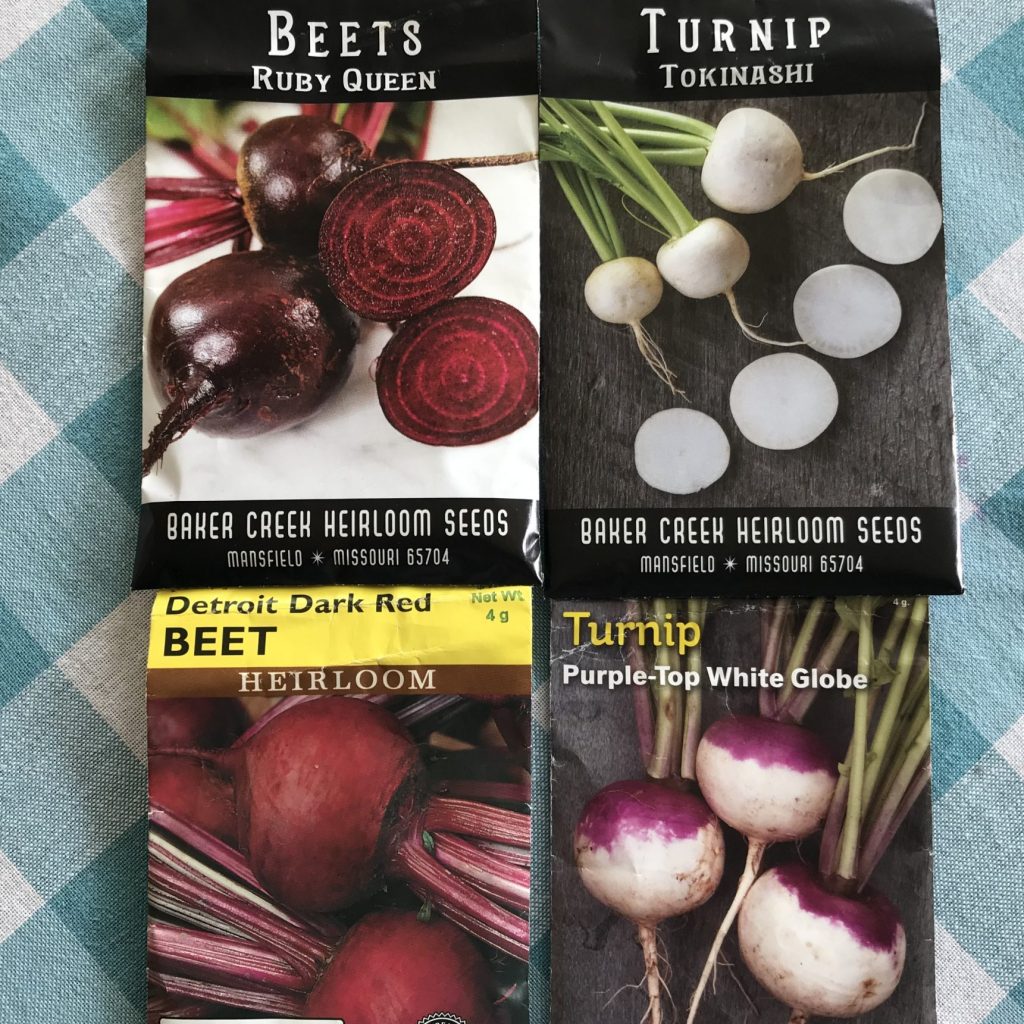
Turnips and Beet varieties to consider
These are the varieties I had success with, and this the way I have been growing turnips and beets. If you have any other varieties, please, include your suggestions in the comments below.
Ways to use Turnips and beets in the kitchen
- Turnip soup
- Vegetable Biryani
- Pickled beets and turnips
- Turnip tajine
- Steamed turnips with couscous
- Turnip stew over vermicelli
- Beets salad
- Beet soup
- Beet red velvet cake
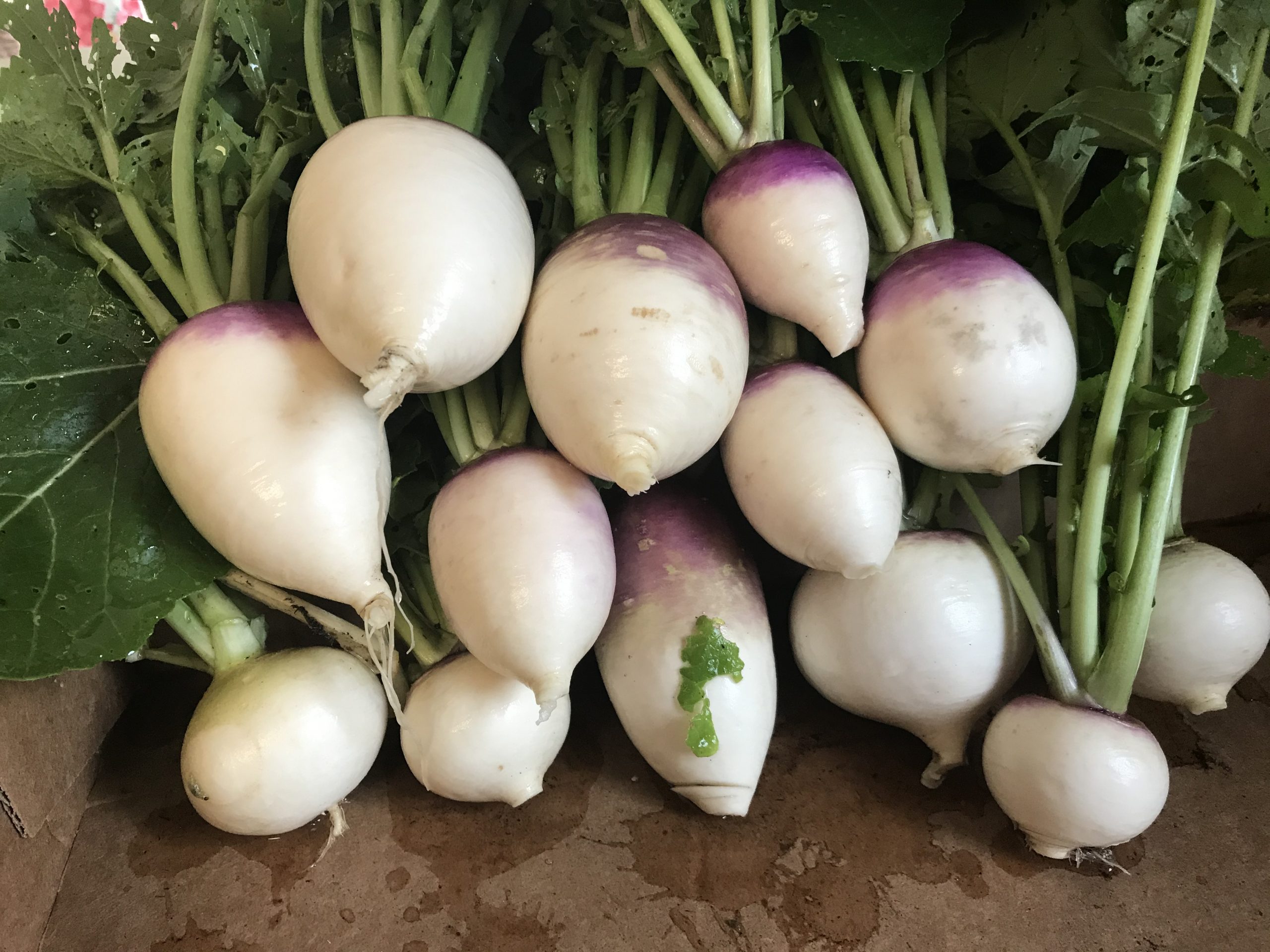
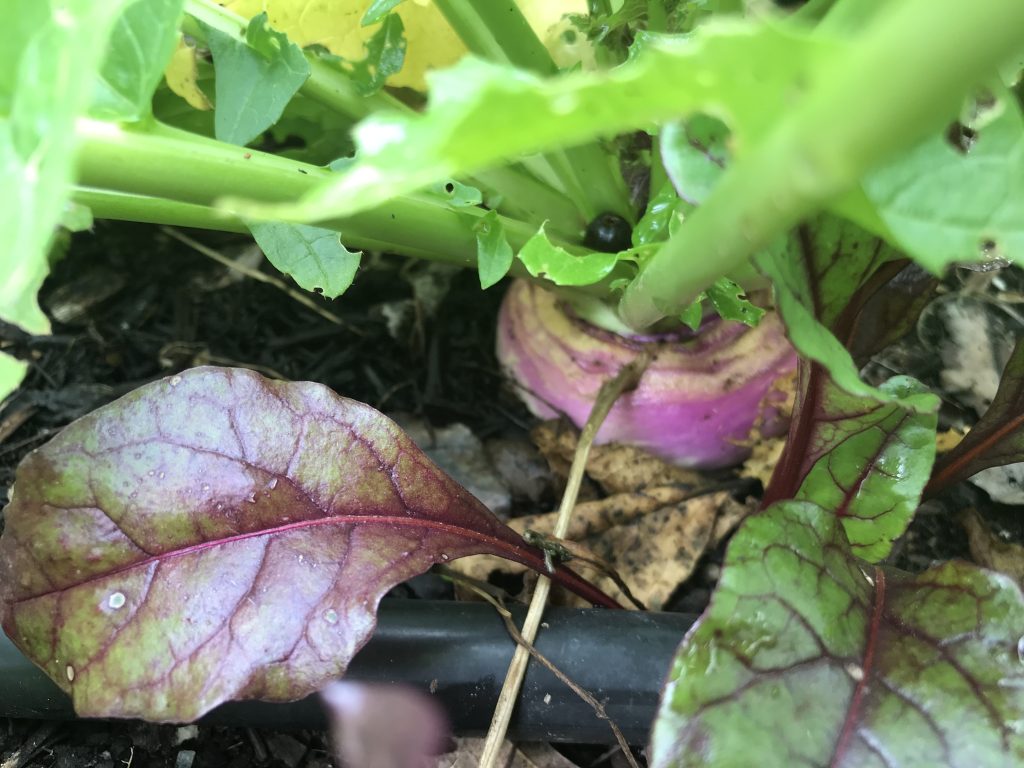

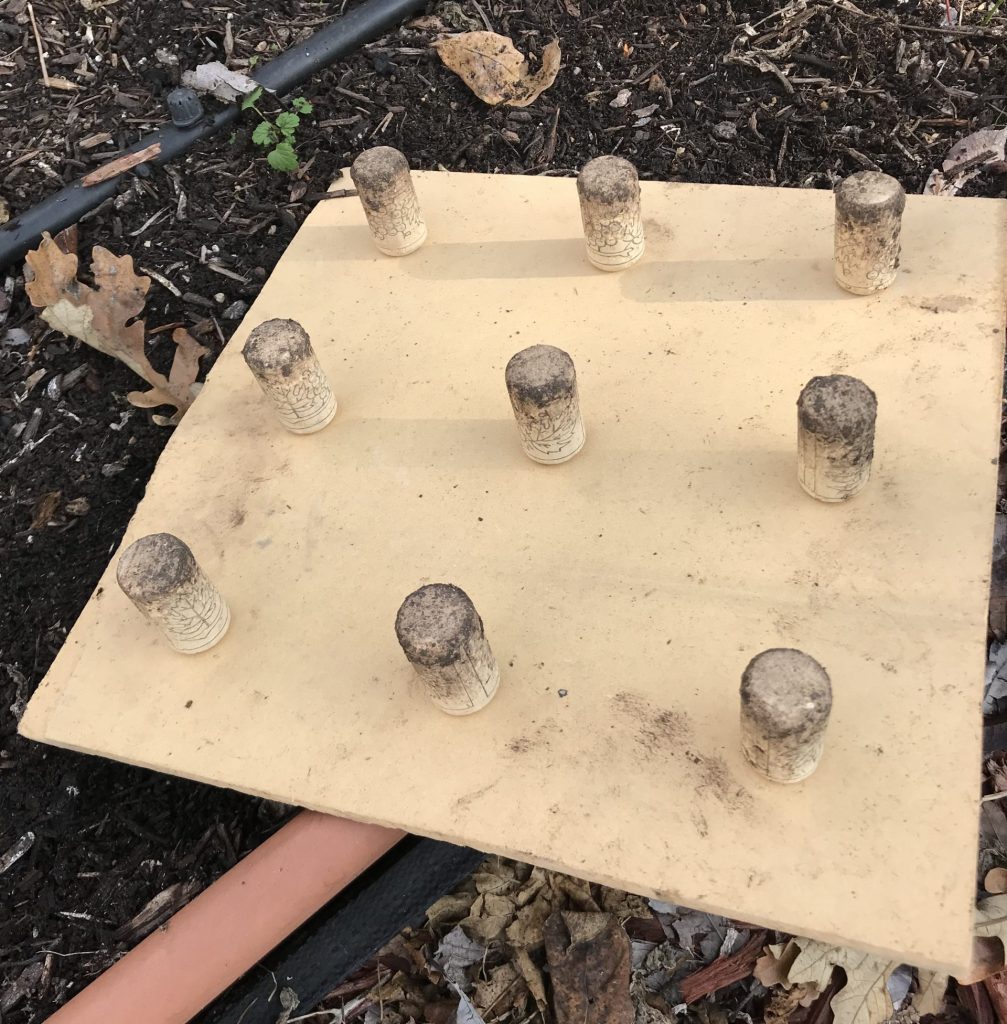
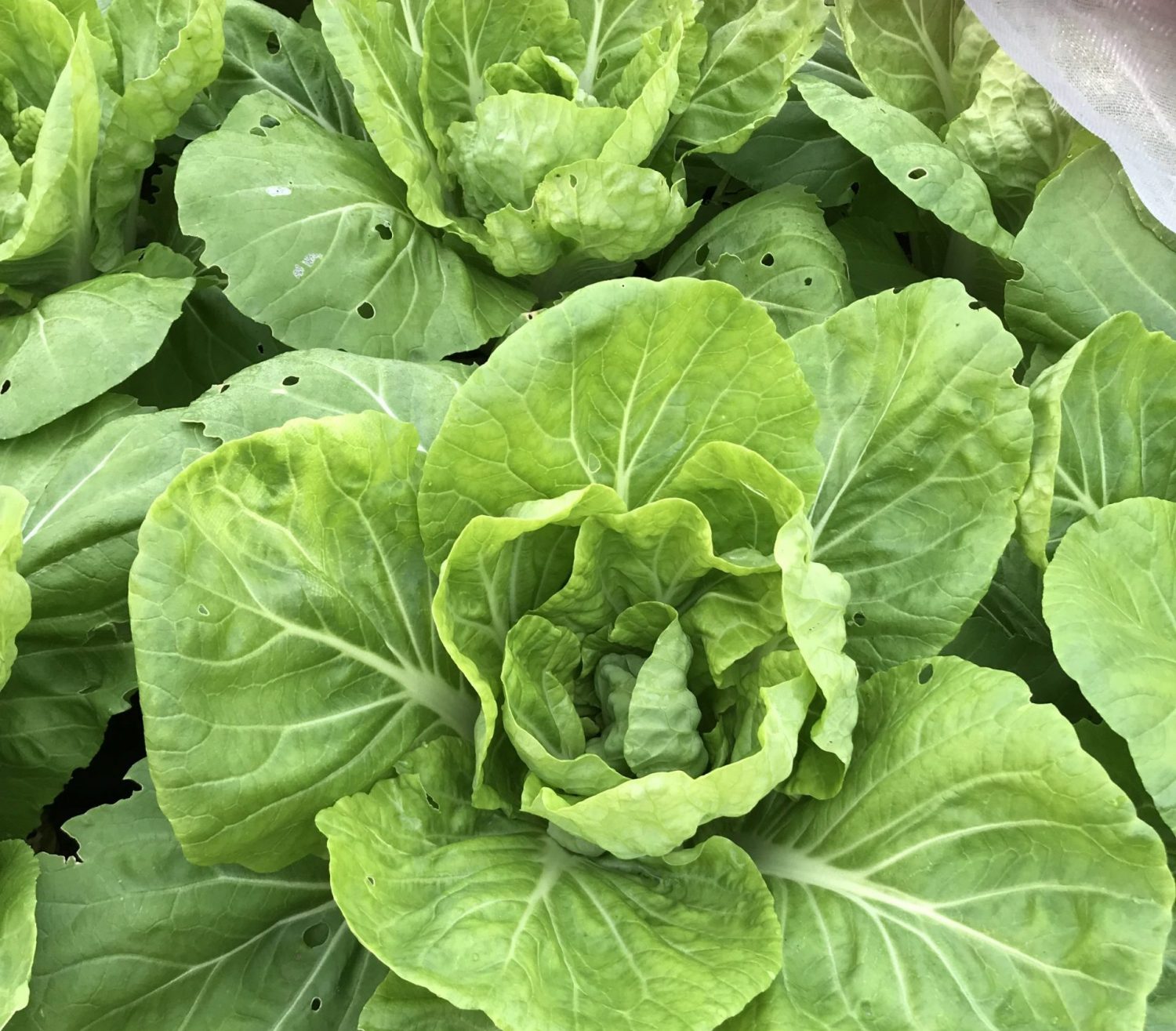
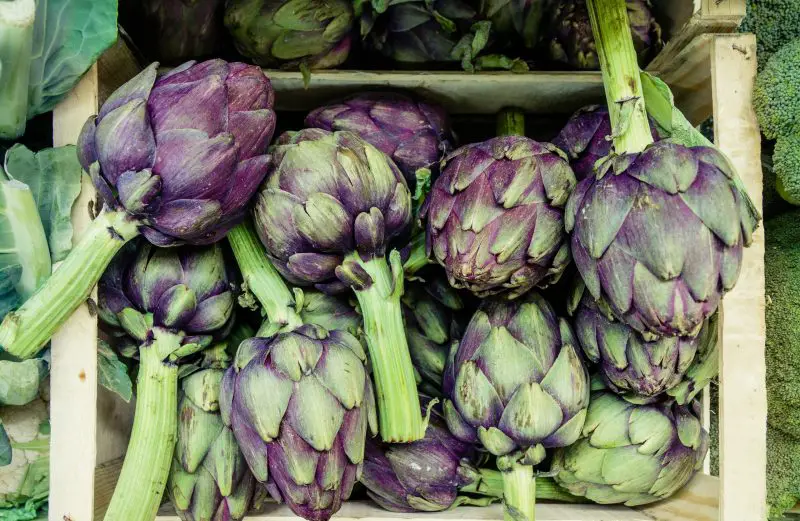
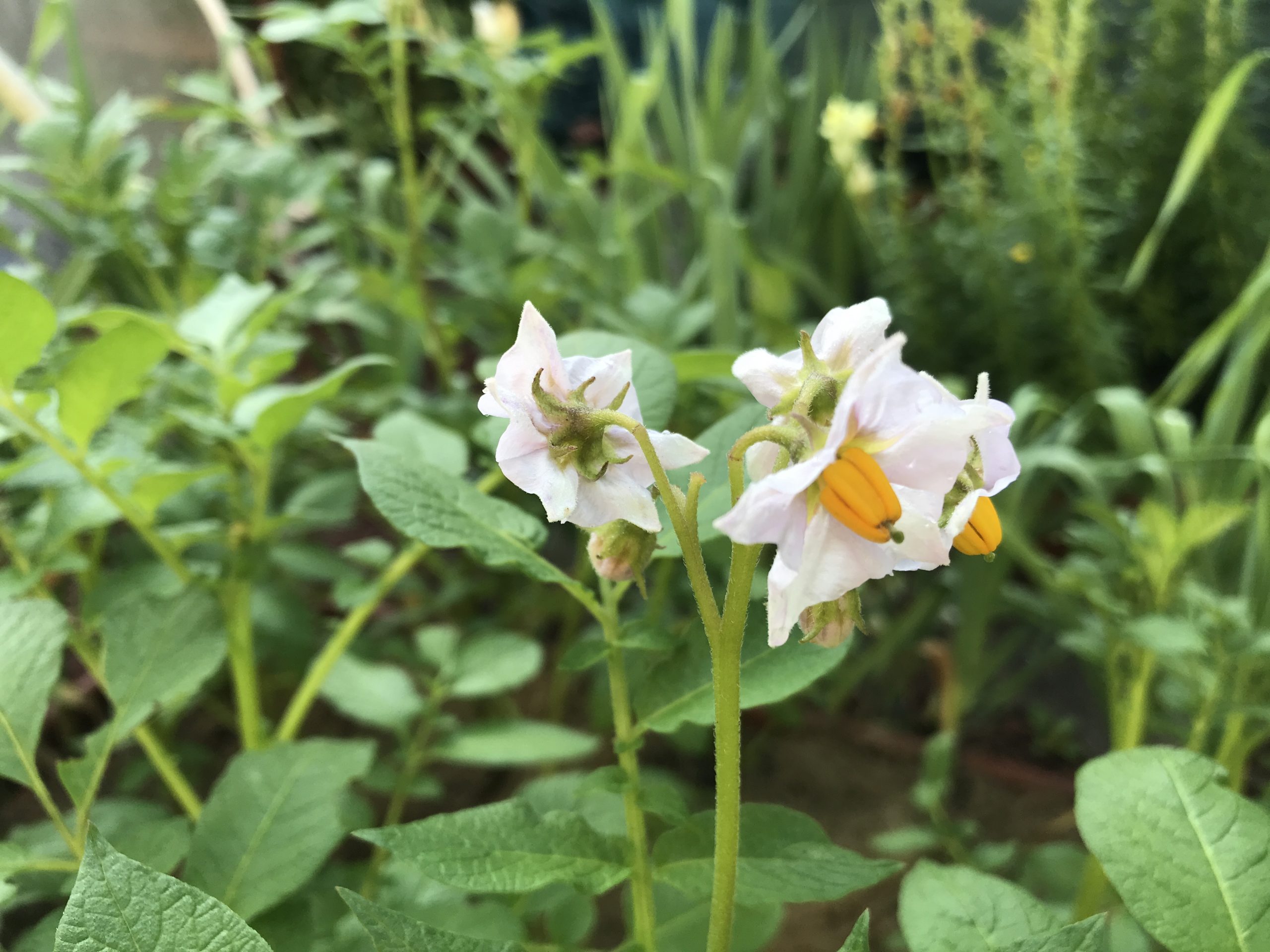

Very good info,TY so much
You are very welcome. Thank you for stopping by.